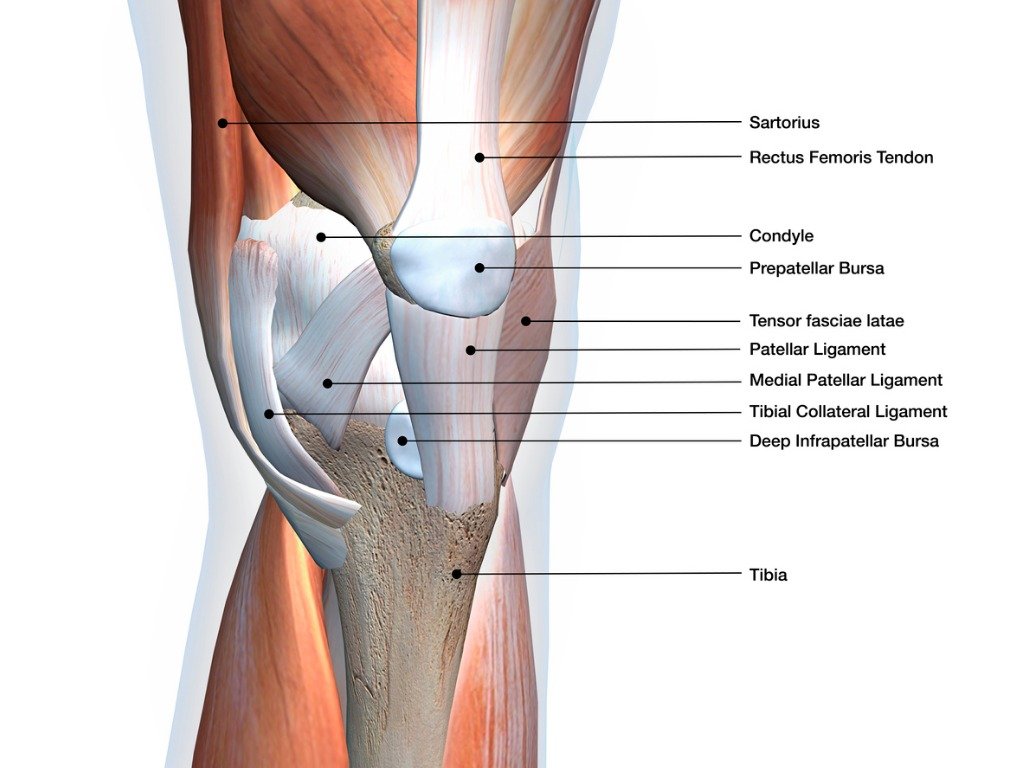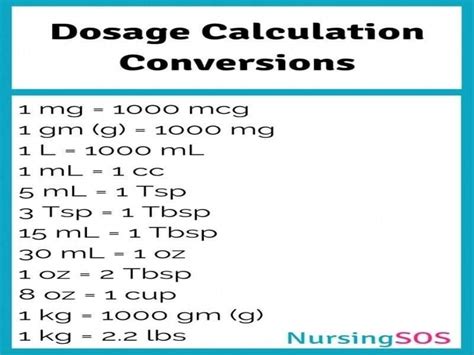Knee replacement surgery, also known as knee arthroplasty, is a common procedure for treating severe knee damage or arthritis. The goal of this surgery is to resurface the damaged knee joint with artificial components, alleviating pain and restoring mobility. Over the years, advancements in medical technology and surgical techniques have significantly improved the outcomes of knee replacement surgeries, making them a viable option for individuals seeking to regain their quality of life.
Understanding Knee Anatomy and Replacement
The knee joint is a complex structure composed of bones, cartilage, and ligaments. In a healthy knee, the ends of the bones are covered with a layer of cartilage, which absorbs shock and allows for smooth movement. However, when this cartilage is damaged due to injury, arthritis, or other conditions, the bones can rub against each other, causing pain and stiffness. Knee replacement surgery involves replacing the damaged parts of the knee with artificial prosthetics, which are designed to mimic the natural movement and function of a healthy knee.
Types of Knee Replacement Surgeries
There are several types of knee replacement surgeries, each tailored to address specific needs and conditions. The most common types include:
- Total Knee Replacement (TKR): This is the most common form of knee replacement, where the entire knee joint is replaced with artificial components. TKR is typically recommended for patients with severe arthritis that affects the entire knee.
- Partial Knee Replacement (PKR): This procedure involves replacing only the damaged part of the knee with an artificial component, leaving the healthy portions intact. PKR is often suggested for patients whose arthritis is limited to a single compartment of the knee.
- Kneecap Replacement: Also known as patellofemoral arthroplasty, this surgery involves replacing the under-surface of the kneecap and the groove in the femur that the kneecap slides in. It’s usually recommended for patients with severe arthritis that affects the kneecap.
Preparation and Recovery
Preparation for knee replacement surgery typically involves a thorough medical evaluation, including blood tests, urinalysis, and possibly an electrocardiogram (ECG) to ensure the patient is fit for surgery. Patients are also advised to stop taking certain medications, such as anticoagulants, and to make arrangements for postoperative care, as walking and performing daily activities may be challenging immediately after surgery.
Recovery from knee replacement surgery can vary depending on the individual and the extent of the procedure. Generally, patients can expect to stay in the hospital for a few days after surgery, during which time they will begin physical therapy to regain strength and mobility in the knee. Full recovery can take several months, with most patients returning to their normal activities within 3 to 6 months.
Advances in Knee Replacement Technology
Recent years have seen significant advancements in knee replacement technology, aiming to improve the durability, functionality, and patient outcomes of knee prosthetics. Some of these advances include:
- Personalized Knee Replacements: Utilizing 3D printing and advanced imaging techniques, surgeons can now create customized knee implants that precisely match the patient’s anatomy, potentially leading to better fit and function.
- Minimally Invasive Surgery: Techniques that allow for smaller incisions and less tissue damage, leading to less pain and quicker recovery times.
- Robotic-Assisted Surgery: The use of robotic systems can enhance the precision of the surgery, potentially reducing the risk of human error and improving the alignment and fit of the implant.
Risks and Complications
While knee replacement surgery is generally safe and effective, as with any surgical procedure, there are potential risks and complications. These can include infection, blood clots, implant failure, and nerve damage. However, advancements in surgical techniques and postoperative care have significantly reduced the incidence of these complications.
Conclusion
Knee replacement surgery offers a proven solution for individuals suffering from severe knee damage or arthritis, providing relief from pain and a return to mobility and quality of life. With ongoing advancements in technology and surgical techniques, the future of knee replacement looks promising, with potential for more personalized, effective, and minimally invasive procedures.
Expert Insight: The success of knee replacement surgery heavily depends on the patient's overall health, adherence to postoperative instructions, and participation in physical therapy. A well-informed patient who is proactive in their recovery can significantly influence the outcome of the surgery.
FAQ Section
What are the most common reasons for knee replacement surgery?
+The most common reasons for knee replacement surgery include severe osteoarthritis, rheumatoid arthritis, and traumatic injuries that have caused significant damage to the knee joint.
How long does it take to recover from knee replacement surgery?
+Full recovery from knee replacement surgery can take several months, with most patients returning to their normal activities within 3 to 6 months. However, individual recovery times can vary based on the patient's health, the extent of the surgery, and their adherence to physical therapy.
What are the potential risks and complications of knee replacement surgery?
+Potential risks and complications of knee replacement surgery include infection, blood clots, implant failure, and nerve damage. While these risks exist, advancements in surgical techniques and postoperative care have reduced their incidence.
Given the complexity and personal nature of knee replacement surgery, it’s essential for potential patients to consult with orthopedic specialists to discuss their options and determine the best course of action for their specific condition. With the right approach and care, many individuals are able to find relief from their knee pain and Enjoy a more active, healthier life.


